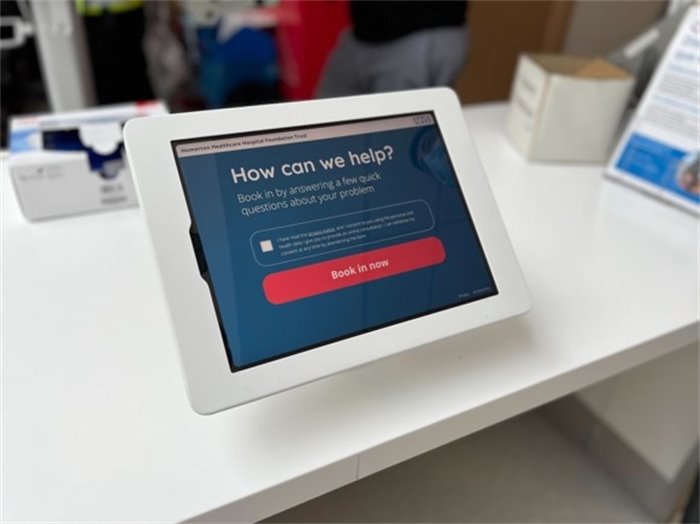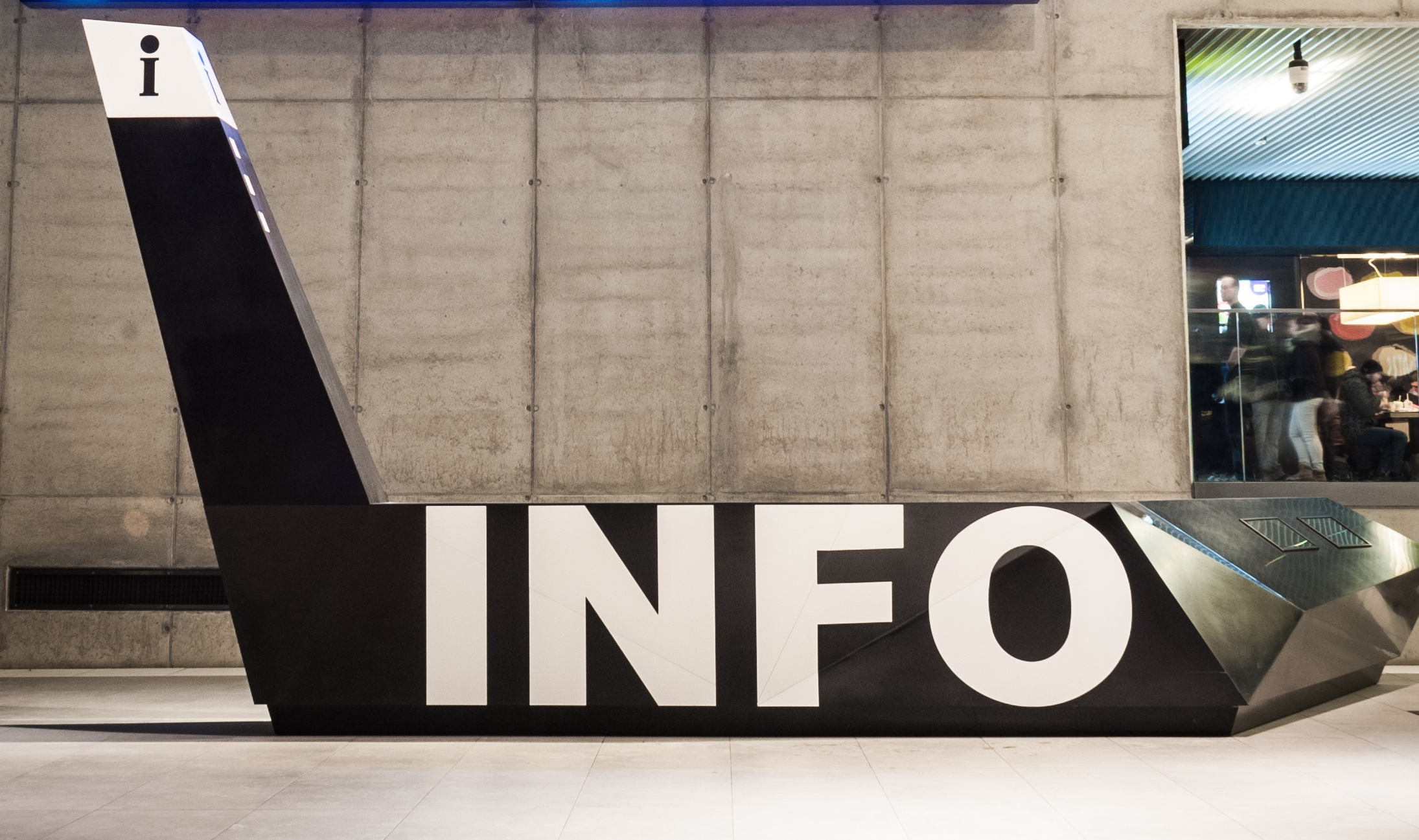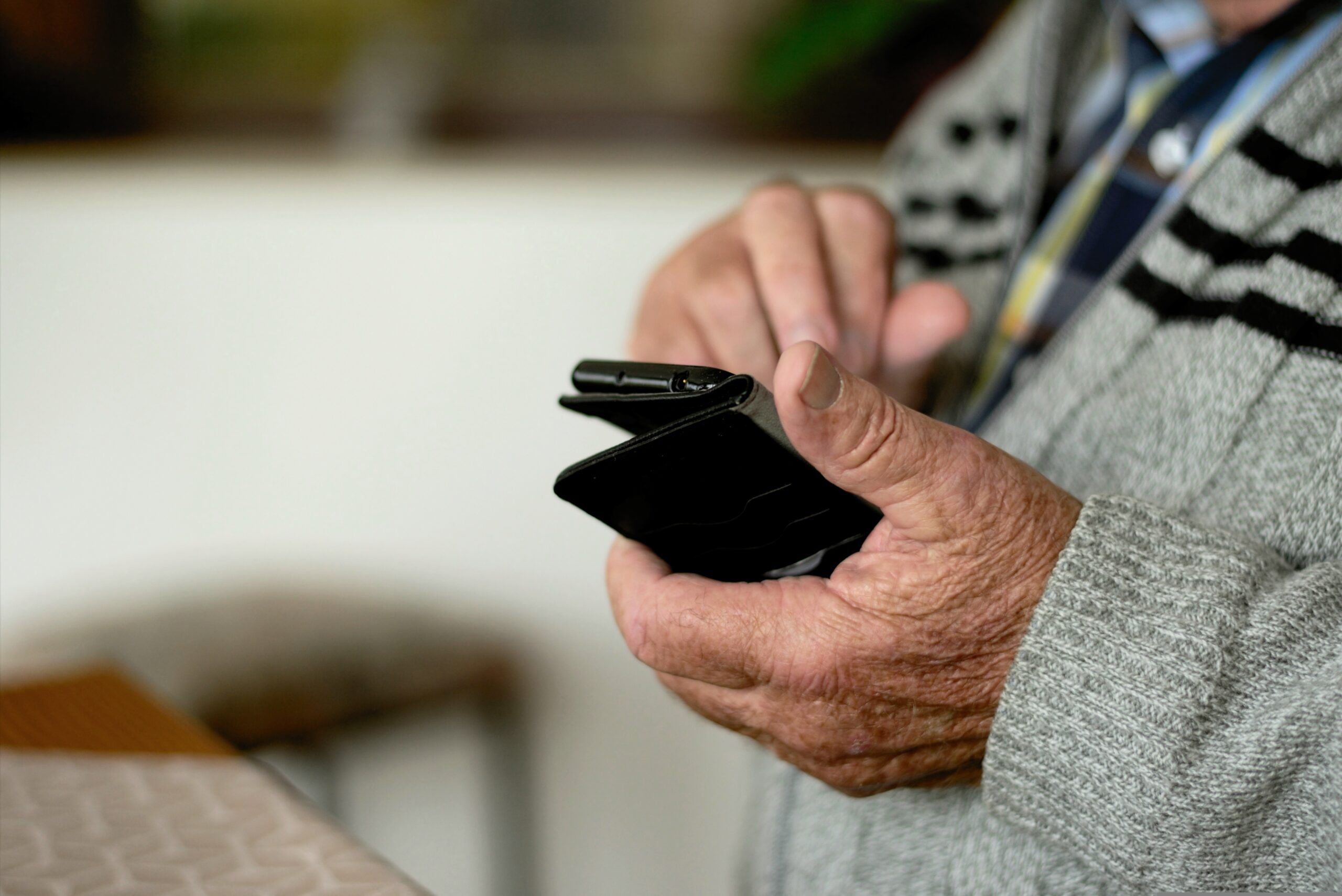NHS Lanarkshire has become the first health board in Scotland to deploy the technology which is designed to gather data via touchscreen kiosks and provide staff with a ‘safety lens’
NHS Lanarkshire is to launch a digital triage system to allow for faster assessment and prioritisation of care.
The health board will be the first in Scotland to use eTriage, following on from successful implementations south of the border. From next month, patients will use the touchscreen system to self-register on arrival at emergency departments. The data gathered is intended act as a continuous “safety lens” on the waiting room and help ensure patients get the right care as soon as possible.
By gathering key information from the outset, clinicians will “ensure critical cases are identified instantly, enabling faster, data-driven decision-making”, according to Claire Ritchie, interim director of NHS Lanarkshire’s interface directorate.
Related content
- Children’s hospital deploys technology for patients to self-administer medicines
- How online triage is transforming access to NHS GPs in east London
- NHS Grampian adopts digital triage and consultation platform
The first kiosks are expected to be operational at University Hospital Monklands, which aims to become Scotland’s first fully digital hospital by 2031. This will be followed by a phased rollout to University Hospital Wishaw and University Hospital Hairmyres.
“The introduction of eTriage is a proactive step to enhance patient experience, prioritising those in most urgent need while minimising unnecessary delays,” Ritchie added. “Importantly, this system will support and enhance our existing processes — not replace them — ensuring that emergency care teams have better visibility and coordination.”
NHS Lanarkshire is the third-largest of Scotland’s 14 regional health boards. The organisation employs about 12,000 staff operating at health centres, in the community, or in one of the board’s three hospitals. A total population of about 655,000 people are served by NHS Lanarkshire.

A version of this story originally appeared on PublicTechnology sister publication Holyrood





